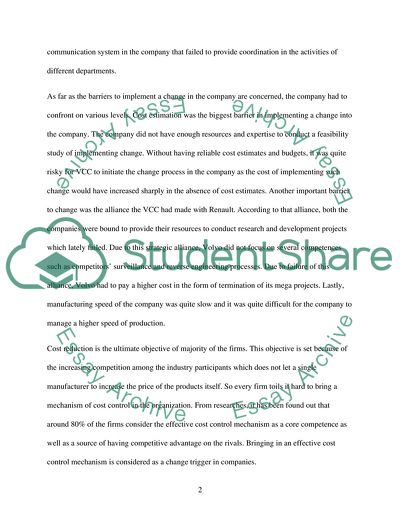Cite this document
(Cost Control in Product Design and Development: The Volvo Car Essay, n.d.)
Cost Control in Product Design and Development: The Volvo Car Essay. https://studentshare.org/finance-accounting/1796051-cost-control-in-product-design-and-development-the-volvo-car-corporation-experience
Cost Control in Product Design and Development: The Volvo Car Essay. https://studentshare.org/finance-accounting/1796051-cost-control-in-product-design-and-development-the-volvo-car-corporation-experience
(Cost Control in Product Design and Development: The Volvo Car Essay)
Cost Control in Product Design and Development: The Volvo Car Essay. https://studentshare.org/finance-accounting/1796051-cost-control-in-product-design-and-development-the-volvo-car-corporation-experience.
Cost Control in Product Design and Development: The Volvo Car Essay. https://studentshare.org/finance-accounting/1796051-cost-control-in-product-design-and-development-the-volvo-car-corporation-experience.
“Cost Control in Product Design and Development: The Volvo Car Essay”. https://studentshare.org/finance-accounting/1796051-cost-control-in-product-design-and-development-the-volvo-car-corporation-experience.


